What is Automation in Healthcare? A Guide to Streamlining Operations
CollaborateMD
MARCH 7, 2025
Utilize features such as Charge Capture, which provides a single app for managing patient notes, billing codes, and rounding lists. Real-world use case: Remote patient monitoring (RPM) uses wearable devices to continuously track vital signs like blood pressure and blood glucose levels, sending data to providers for proactive management.

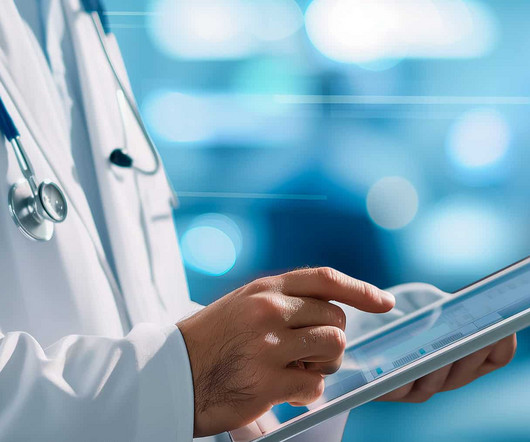
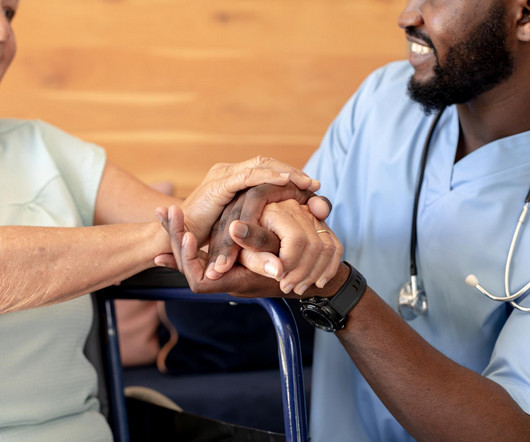
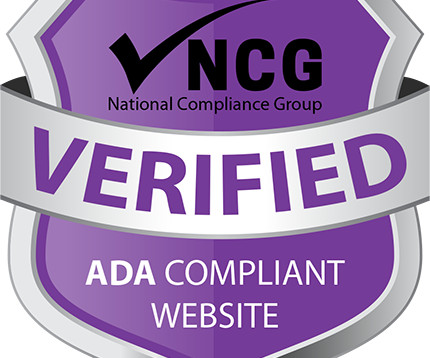
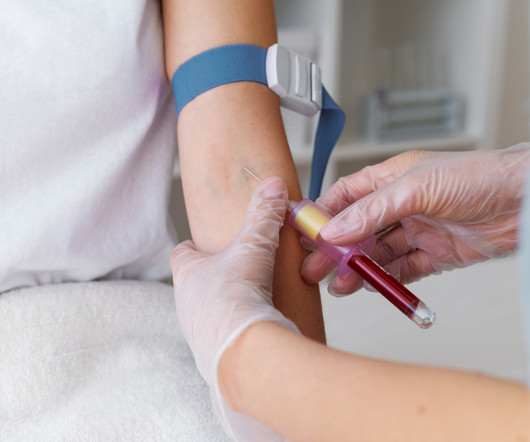
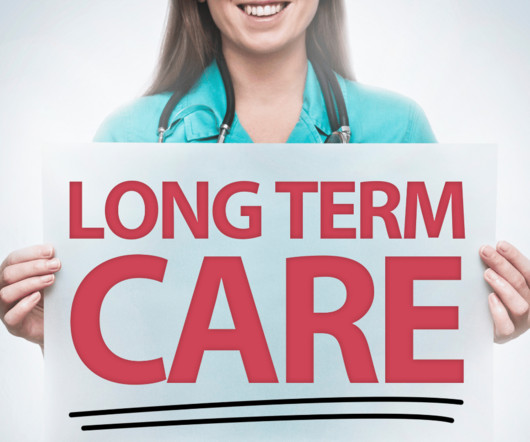
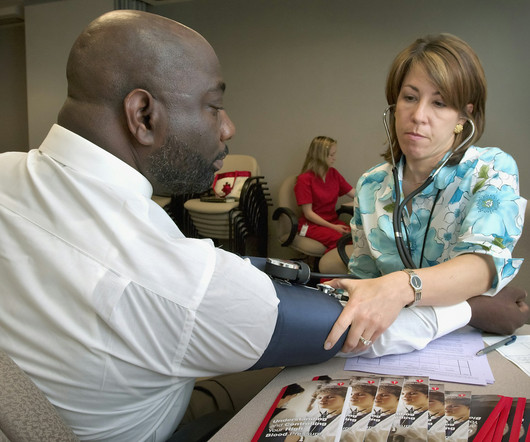
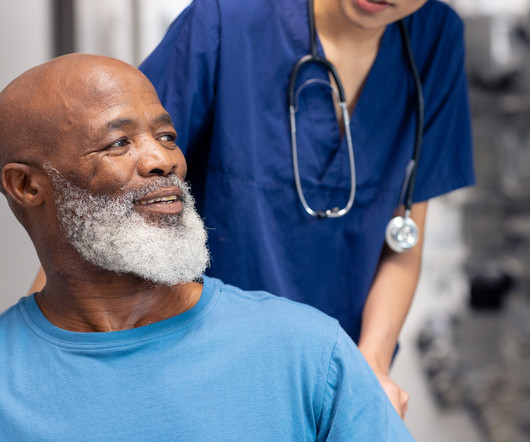
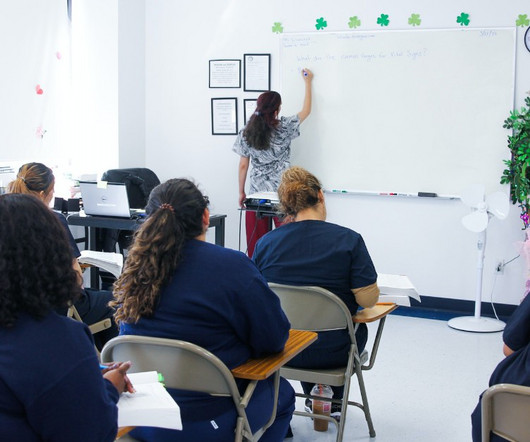
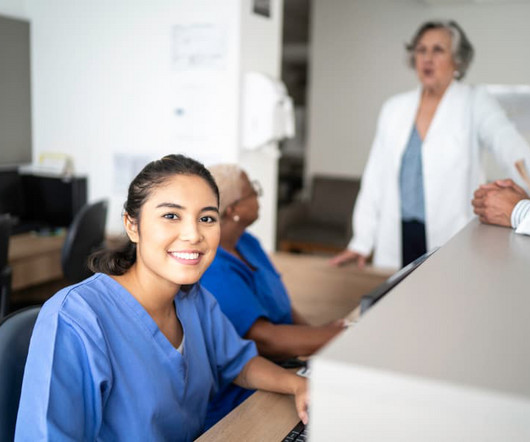

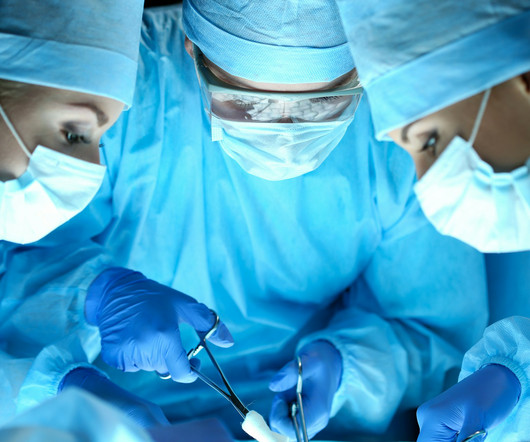
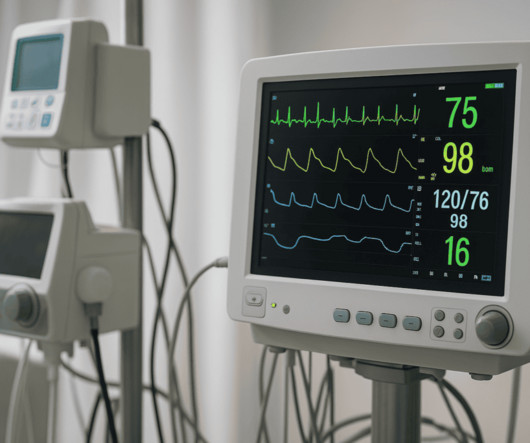






Let's personalize your content